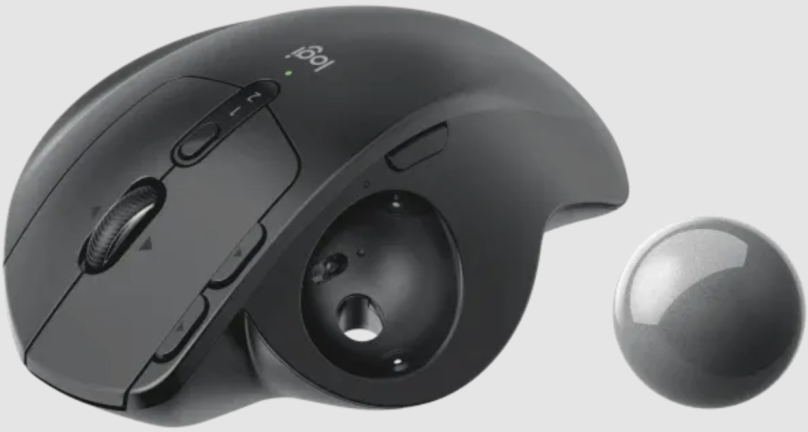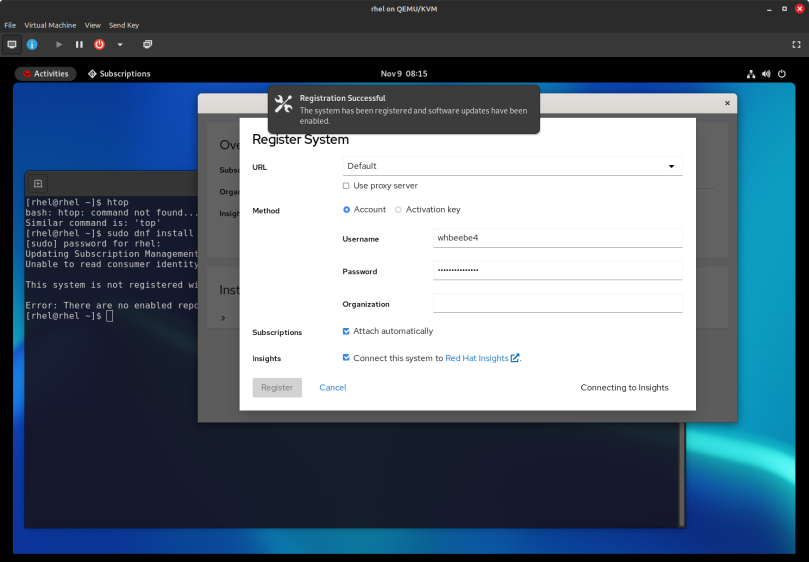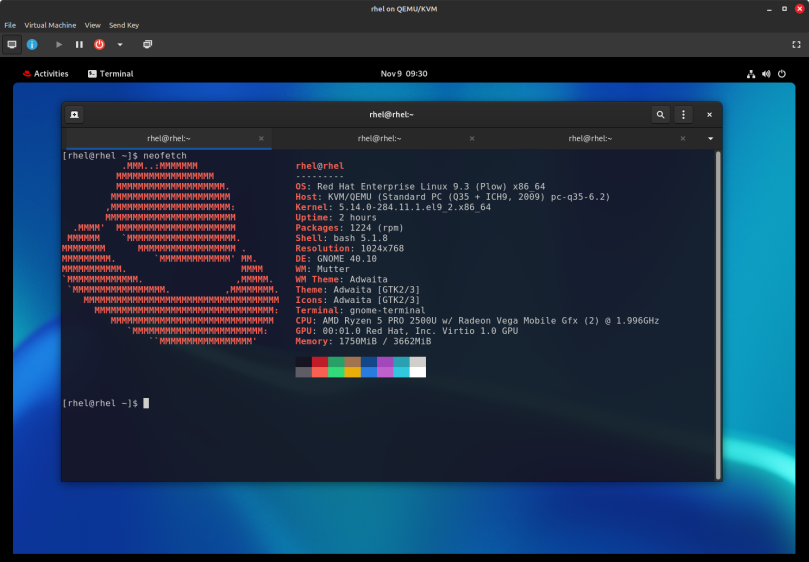
I use Logitech (a.k.a. logi) trackball mice, specifically the MX Ergo. I have three of them that I’ve been purchasing since my first example in 2018. Normally they retail for US$100, but I always waited for a sale and would pick them up for US$20 to IS$30 off. I like them because it minimized my hand movement and keeps the pain in my right hand at a minimum. All I have to do is move the ball to move the mouse pointer, and that requires very little effort for my thumb. The rest of my hand rests naturally on the mouse and doesn’t move.
The other night I came back from taking my two dogs out for the evening walk (we walk twice/day, once in the early morning and once in the evening). As I came into the main part of the house from the kitchen I noticed that little innocent Nicholas was intently playing with a ball on the floor. As I got closer, I realized it was the trackball from one of my mice. As I frantically looked around, there was one of my mice on the floor, having been pushed a fair distance (for a cat) over the edge of the table where it normally sat.
The trackball in the MX Ergo is meant to be popped out in order to keep the cavity it rests in clean of dust and lint. I regularly will pop out the trackball and blow compressed air into the cavity to keep it clean, then just pop it back in again. Because I wasn’t around to observe what happened I can only surmise that Nick managed to figure out that (1) he wanted to play with the trackball, (2) it was “stuck” in the MX Ergo housing, and (3) he would have to push the whole thing off the table to get the trackball free for him to roll the trackball around.

I have never considered animals “dumb,” nor took them for granted. But after this incident my appreciation and general concern about their intelligence has risen to a higher point of wariness. I’m making sure that the MX Ergos are better placed and better locked down. If Nick has done it once, then he will attempt to do it again. And the other cats are always watching and learning from one another.
Links
Logitech MX ERGO — https://www.logitech.com/en-us/products/mice/mx-ergo-wireless-trackball-mouse.html



You must be logged in to post a comment.